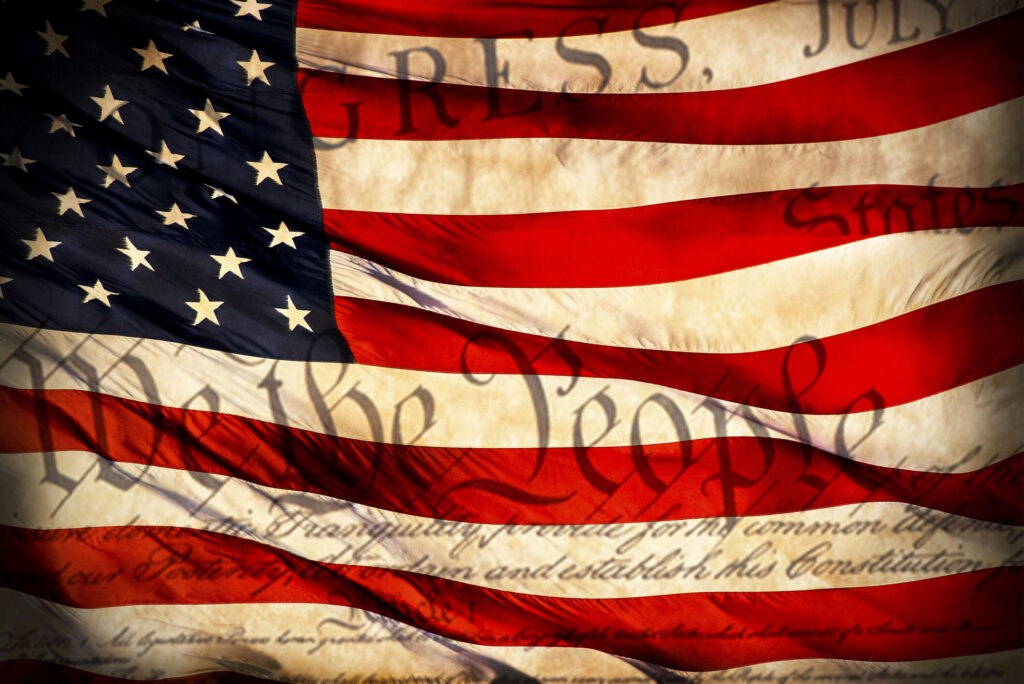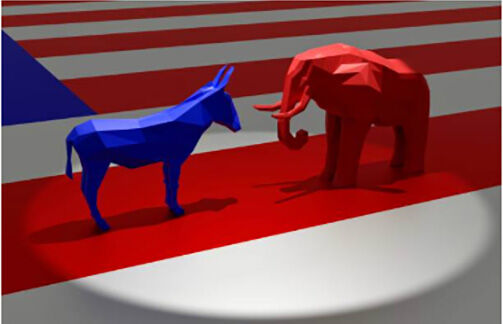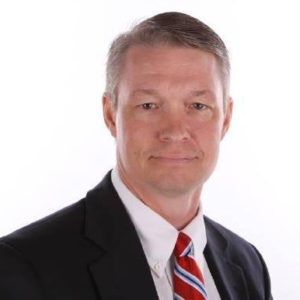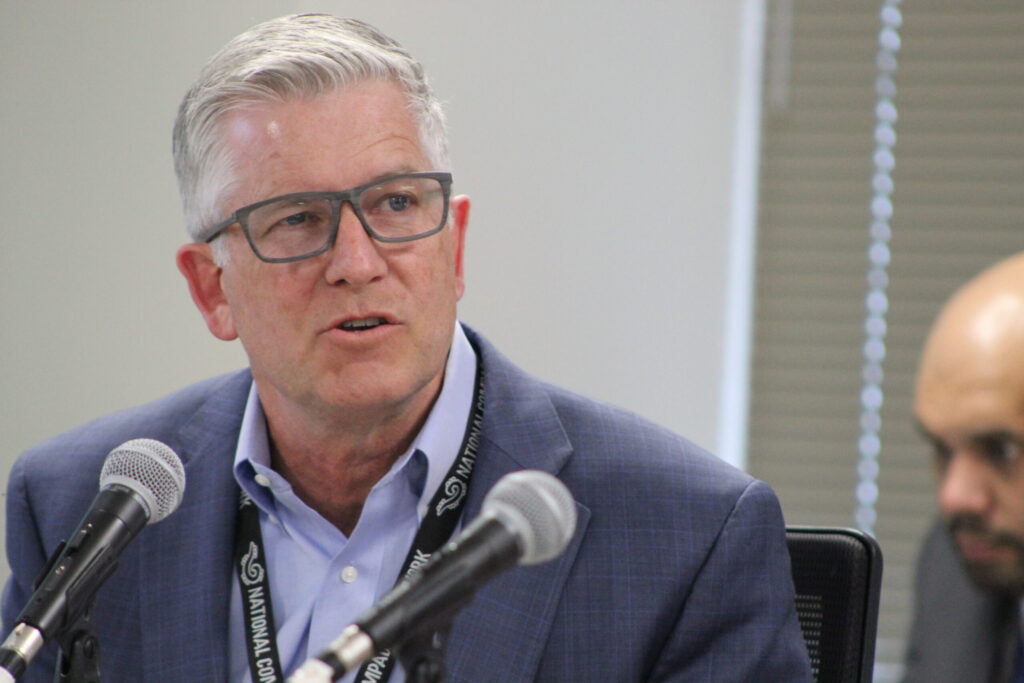Two major events in Colorado history — the gold rush and World War II | CRONIN & LOEVY
A major military parade in Moscow a week ago was just one of many celebrations of the victory of the United States and its allies over Nazi Germany in World War II.
VE Day — Victory in Europe Day — was 80 years ago on May 8th, 1945. World War II was not completely over, however, until the Japanese surrendered on VJ Day — Victory in Japan Day — on Aug. 15, 1945.
Coloradans should pay close attention to World War II. State historians regard it as one of the two most important events in Colorado history. The other major event was the discovery of gold in Colorado in 1858 near Denver.
Colorado, save for roaming native American tribes, was largely empty territory in 1858.
Although there was little gold to be found near Denver, bigger strikes in the Rocky Mountains to the west, at places like Central City and Idaho Springs and many others, brought thousands of gold seekers to what was originally western Kansas, eastern Utah and northern New Mexico.
Many of these pioneering gold miners, later joined by silver miners, wanted their own state to live in, and that is why Colorado was granted statehood in 1876.
Stay up to speed: Sign up for daily opinion in your inbox Monday-Friday
The gold and silver boom in Colorado peaked in the late 19th and early 20th centuries. As time went by, however, the U.S. government was unwilling to pay high prices for gold and silver, and the mines began to shut down.
By the 1920s and 1930s, Colorado had become a relatively quiet place, with the mining industry dead or dying and only agriculture, much of it cattle raising, remaining. Ghost towns, not thriving industrial cities, became symbolic of Colorado and its colorful but faded mining glory.
And then World War II, and its aftermath, came along.
The U.S. government began building and operating major military facilities in Colorado as World War II got underway.
A major arms plant was built and operated in Denver.
Camp Carson, a major Army base emphasizing highly mobile tank warfare, was constructed in 1942 in Colorado Springs. It would later be renamed Fort Carson in the 1950s. Records show that it trained at least 100,000 army personnel during World War II. It also housed about 9,000 enemy prisoners of war.
Note, too, Colorado in mid-1942 housed a major Japanese-American internment camp. Officially called the “Granada War Relocation Center,” it was in Granada, near the town of Holly, in southeastern Colorado.
It was quickly constructed and held about 7,500 Japanese-Americas, mostly U.S. citizens from southern California. At the time, it was the ninth- or tenth- largest population center in Colorado. It closed in October of 1945. A few interned families stayed in the region or migrated to Denver.
Up in the mountains, soldiers were trained to ski into battle and survive in warfare in the snow. This storied 10th Mountain Division of the U.S. Army began at Camp Hale, near Leadville, at 9,200 feet of elevation. It would later deploy in the Italian mountains suffering major losses but helping to win the war in Italy.
All the while, people were being brought to Colorado to help fight World War II, but at the same time they were being exposed to Colorado’s invigorating, sunny climate and its wonderful winter playground in the Rocky Mountains.
The result was a second population boom characterized by the moving of large numbers of people to Colorado during and after World War II.
This boom was similar to the one created by the discovery of gold in Colorado some 80 years earlier.
Some of the soldiers who learned to ski in Colorado returned after World War II and founded ski areas throughout the Rocky Mountain portion of the state. They had helped to create America’s Switzerland.
These ski resorts attracted successful people to the state, many of whom decided to live permanently in new ski communities such as Aspen, Vail, Breckenridge and Telluride.
Meanwhile, at the eastern foot of the Rocky Mountains in Colorado Springs, the Cold War between the Soviet Union (now Russia) and the United States that followed World War II led to the addition of more military facilities.
The U.S. Air Force Academy and the NORAD early warning system for tracking and shooting down attacking airplanes or missiles were located in the Springs. NORAD began in 1957. The U.S Air Force Academy opened up on its 1,800-acre campus slightly north of Colorado Springs in 1958.
And close behind the new military bases came manufacturing companies and research and development firms designed to serve the military as the Cold War progressed into the late 20th century.
Even today, in the 2020s, new military activity is occurring in Colorado, as witnessed by the development of the Space Force, begun in 2019, in Colorado Springs along with rocketry research and manufacturing southwest of Denver.
Colorado has become a leading home of aerospace corporations, and Boulder has become a center for several important science laboratories. The University of Colorado at Boulder is becoming a leading location for atomic physics and quantum information sciences.
Unlike the gold and silver boom in Colorado, which lasted 60 years from the 1860s to the early 1920s, the post-World War II military boom is still going strong in Colorado after 80 years.
Thousands of military personnel who have severed at Fort Carson or who have graduated from the U.S. Air Force Academy have decided to move back here for work or retirement.
Former Colorado Gov. Dick Lamm was an example. He came here from Wisconsin, served at Fort Carson, and went off to law school. But he came back to Denver to practice law and pursue a career in state politics.
The sunny and refreshing climate along the Front Range of the Rocky Mountains from Pueblo through Colorado Springs and Denver to Fort Collins will continue to attract former service people as well as military and space related companies and workers.
In addition, the high quality of the resort life in the ski towns in the Rocky Mountains will continue to attract people to those communities for the unique and rewarding lifestyle that they offer.
As we celebrate the 80th anniversary of the end of World War II, we think of the old joke about the economics professor who taught his parrot how to be an economist. All the parrot had to do was learn to repeatedly say two words — “supply” and “demand.”
In that vein, we argue you can make a parrot into a Colorado historian by simply teaching the parrot two short phrases — “gold and silver” on the one hand and “World War II” on the other.
Tom Cronin and Bob Loevy write about United States and Colorado politics.
Colorado Politics Must-Reads:











